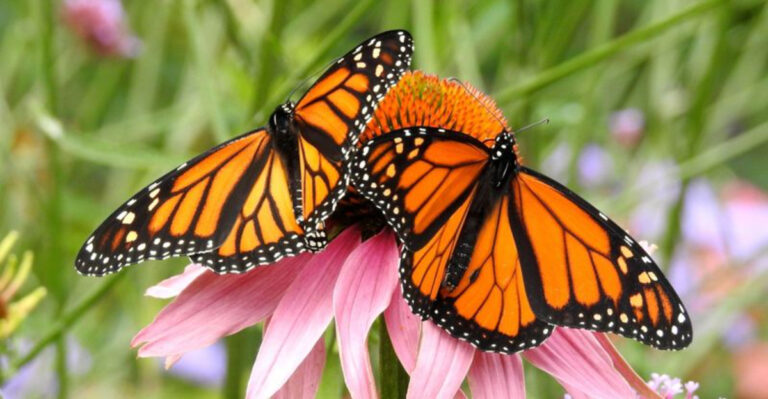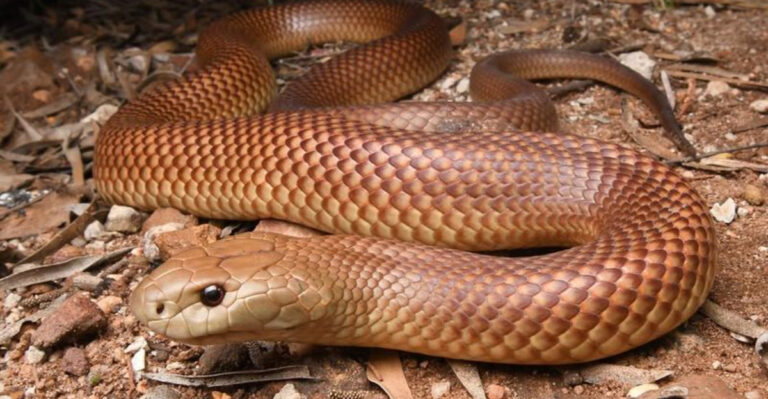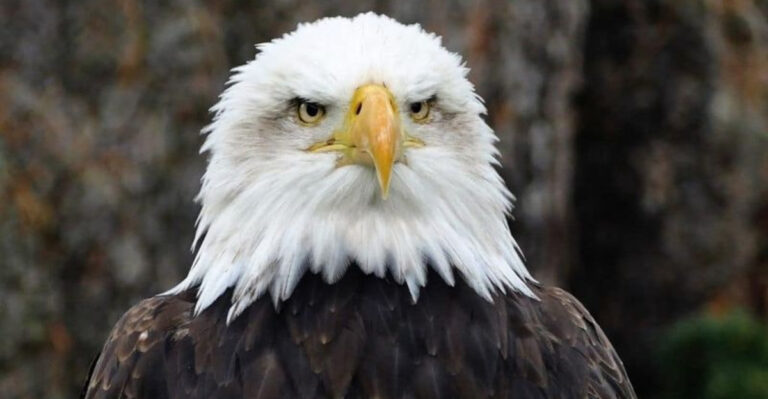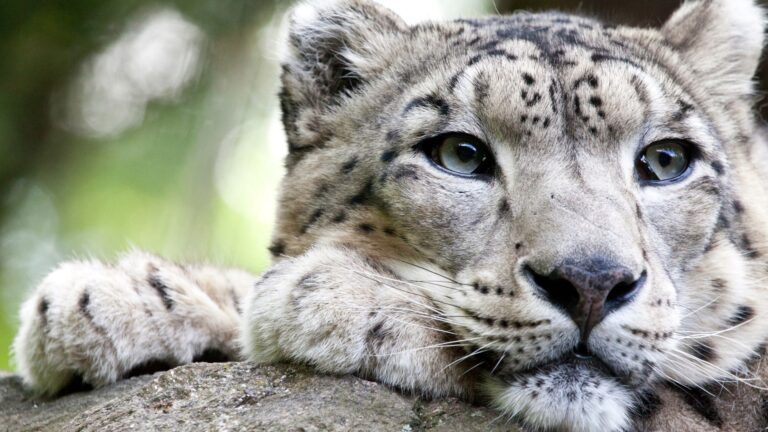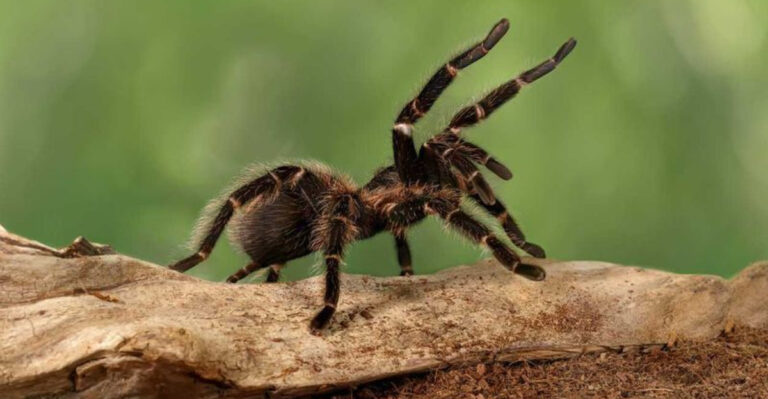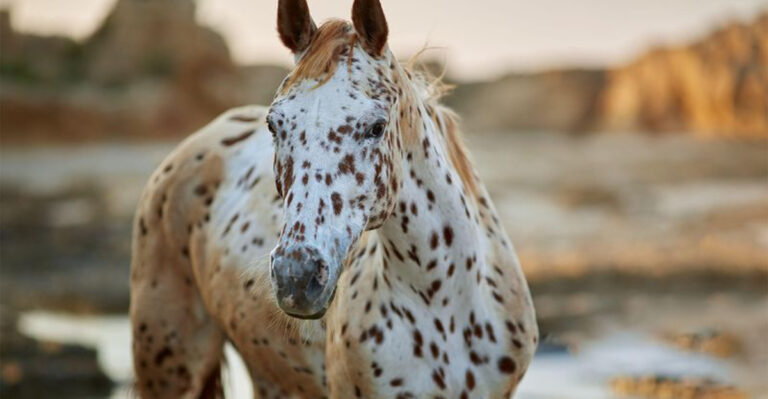10 Wild Cat Species Struggling To Survive In Their Natural Habitats
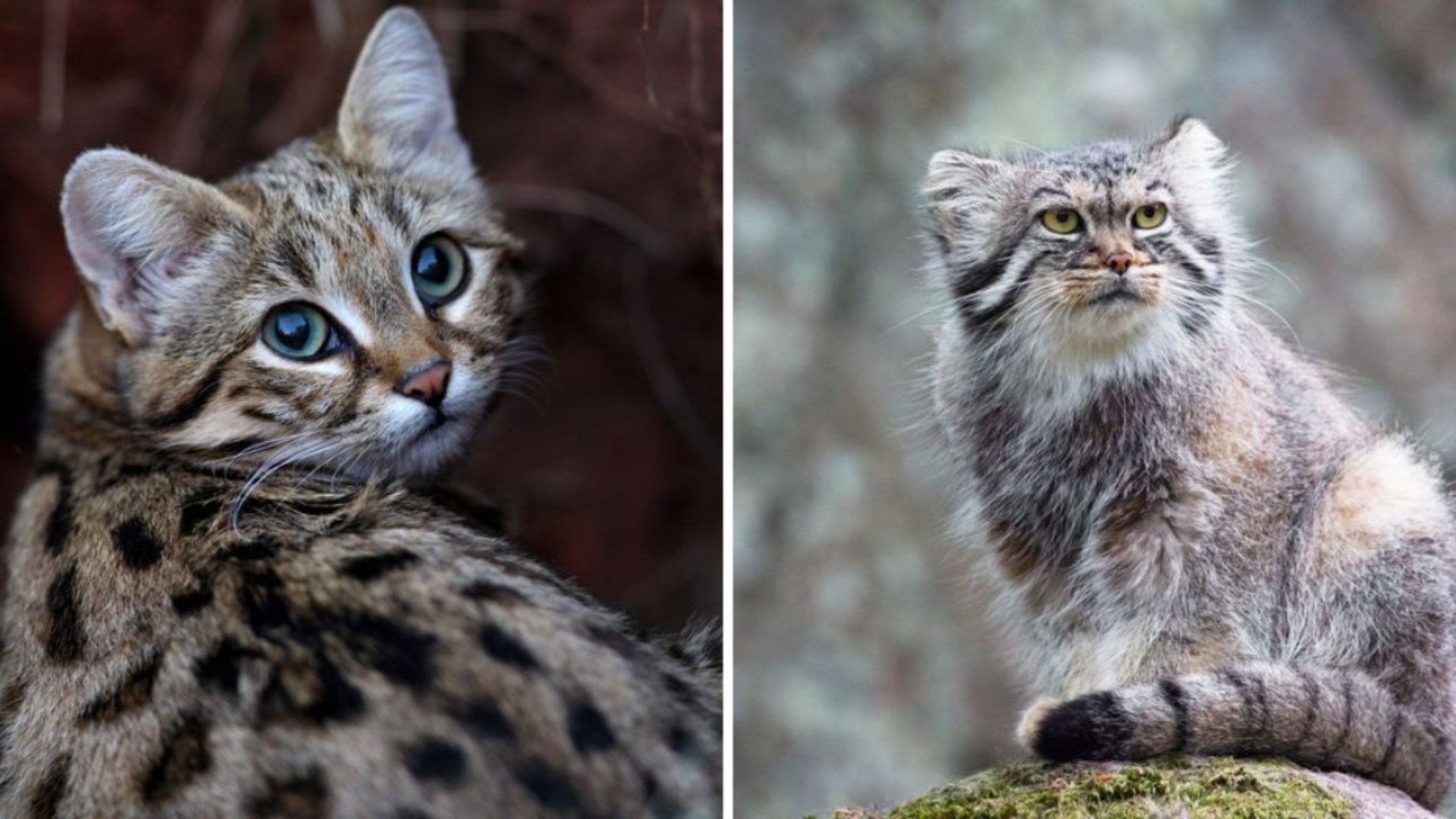
Wild cats, majestic and mysterious, face growing threats in their natural habitats. From shrinking territories to poaching, these resilient creatures are struggling to survive.
Their plight calls for our attention and action to preserve these beautiful animals for future generations.
1. Amur Leopard
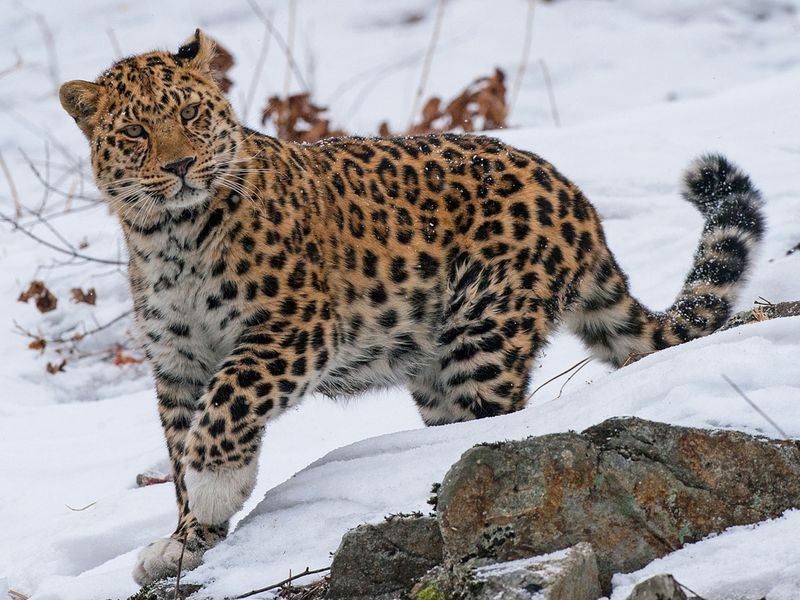
The Amur Leopard, native to the temperate forests of the Russian Far East, is one of the most endangered wild cats in the world.
With a population of fewer than 100 individuals, their existence teeters on the edge of extinction. These striking leopards have adapted to harsh conditions, using their thick fur to survive in cold climates.
Poaching and habitat loss due to logging and land development are primary threats to their survival. Conservation efforts focus on protecting their habitat and tightening anti-poaching laws. Awareness campaigns are vital to educate locals and promote coexistence.
The Amur Leopard’s plight emphasizes the need for urgent action to preserve this species. By supporting conservation initiatives, we can help secure a future where these magnificent creatures roam free.
2. Iberian Lynx
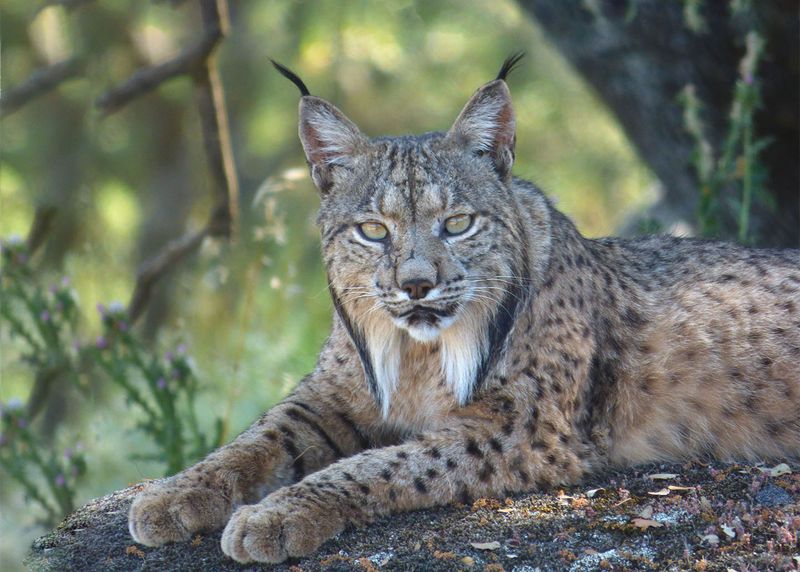
The Iberian Lynx, once widespread across the Iberian Peninsula, is now critically endangered, with numbers slowly increasing due to conservation efforts.
Known for its distinctive tufted ears and short tail, the Iberian Lynx primarily preys on rabbits, which are also declining. Habitat fragmentation and road accidents further threaten their survival.
Conservation programs focus on habitat restoration and rabbit population recovery. Educating the public about the lynx’s role in the ecosystem helps foster community support.
Despite challenges, ongoing efforts provide a glimmer of hope. Protecting the Iberian Lynx is crucial for maintaining biodiversity in its native regions.
3. Snow Leopard
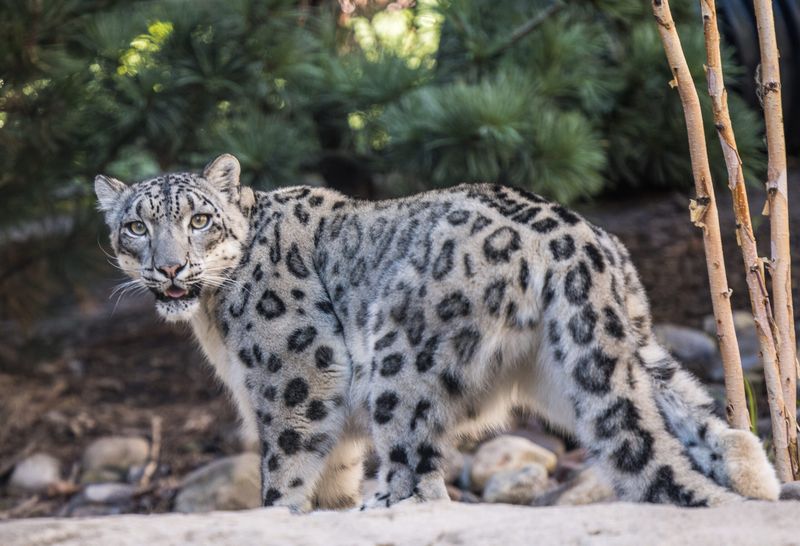
The Snow Leopard, often called the ‘ghost of the mountains,’ roams the high altitudes of Central Asia. These elusive cats are perfectly adapted to cold environments, with their thick fur and keen sense of balance.
The main threats they face include poaching for their beautiful fur and conflict with herders.
Conservationists work tirelessly to mitigate these threats through community engagement and anti-poaching patrols.
Snow Leopards play a vital role in their ecosystem, and preserving their habitat ensures the survival of various other species. Supporting eco-tourism can provide locals with alternative income, reducing human-wildlife conflict.
4. Sumatran Tiger
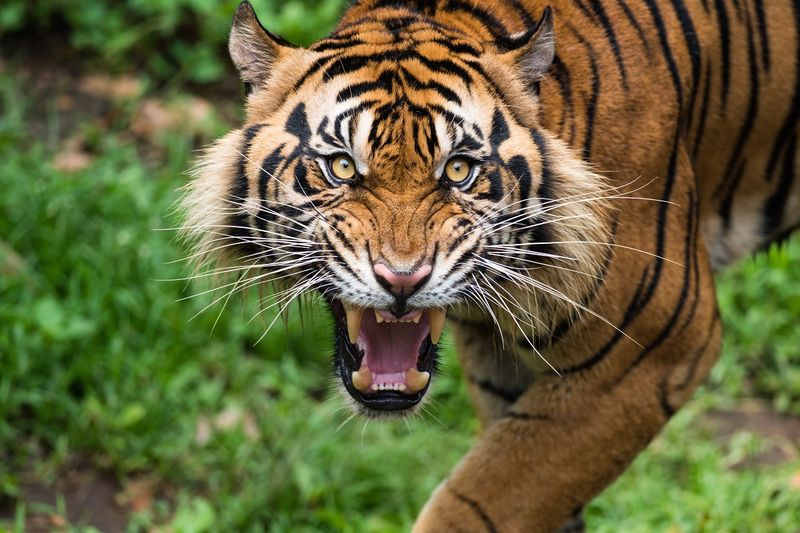
The Sumatran Tiger, the smallest of all tiger subspecies, resides in the lush rainforests of Sumatra. With fewer than 400 individuals left, habitat destruction from palm oil plantations poses a severe threat.
Illegal hunting and human-wildlife conflict also contribute to their decline. Conservation initiatives focus on habitat protection and promoting sustainable agricultural practices.
Involving local communities in these efforts is crucial for long-term success. Protecting the Sumatran Tiger means safeguarding a diverse ecosystem.
By choosing products made with sustainable palm oil, consumers can make a difference in their survival.
5. Black-Footed Cat
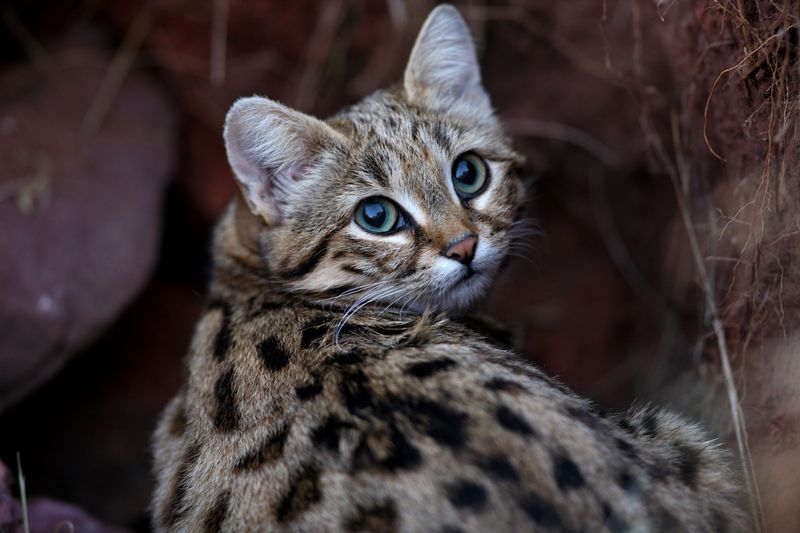
The Black-footed Cat, Africa’s smallest wild cat, is a master of stealth and survival in the harsh savannah. Despite its small size, it is ferocious, and capable of taking down prey its own size.
Threats include habitat loss due to agricultural expansion and rodenticide poisoning. Conservation efforts are aimed at habitat preservation and reducing accidental poisoning.
Working with farmers to find more sustainable pest control methods is essential. Raising awareness about this tiny predator can help garner support for its conservation, ensuring it continues to thrive in its natural habitat.
6. Andean Mountain Cat
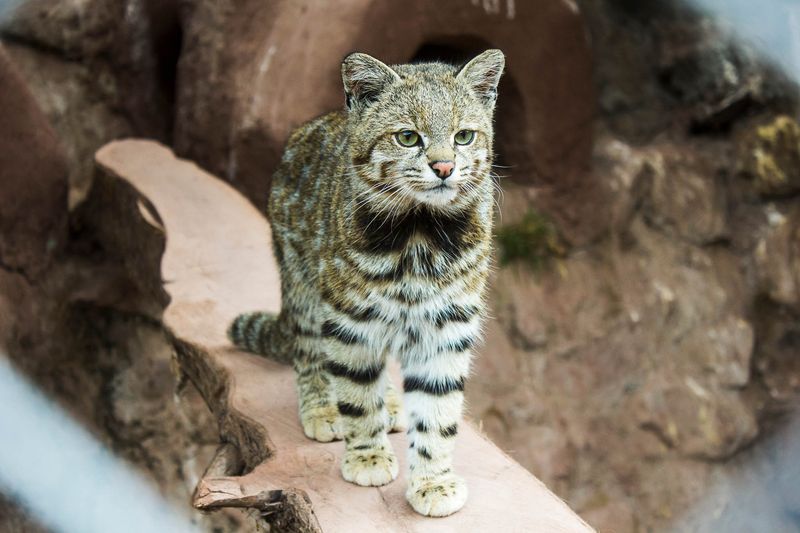
The Andean Mountain Cat, native to the high Andes, is one of the least known and rarest wild cats. Its elusive nature and remote habitat make it challenging to study.
The primary threats are habitat loss and hunting. Conservationists focus on working with local communities to promote coexistence and protect this unique cat’s habitat.
Education and research are crucial in understanding their ecological role. Preserving the Andean Mountain Cat means safeguarding a unique part of South America’s biodiversity.
By supporting local conservation projects, people can help protect this enigmatic feline.
7. Fishing Cat
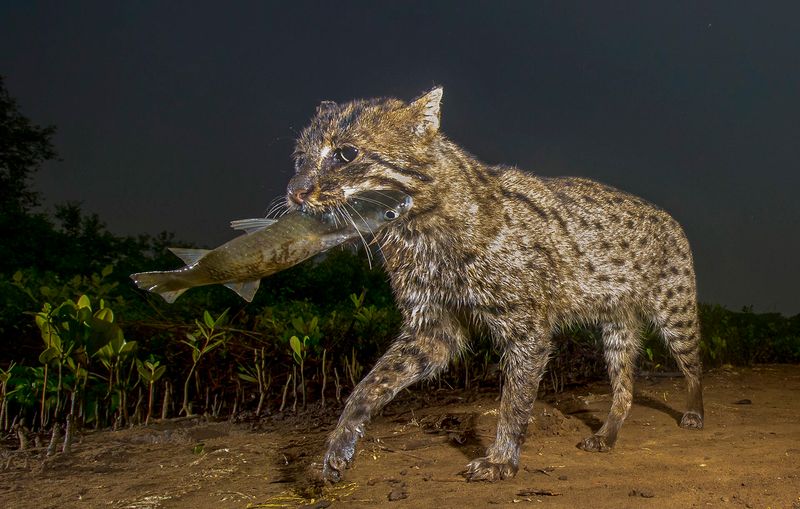
The Fishing Cat, adept at water hunting, inhabits the wetlands of Southeast Asia. Its semi-aquatic lifestyle and webbed feet make it an excellent swimmer.
Wetland destruction and pollution pose significant risks to its survival. Conservation efforts focus on wetland restoration and reducing human-cat conflict.
Engaging local communities in conservation practices is vital for the Fishing Cat’s future. Protecting the Fishing Cat also means preserving wetland ecosystems, which are crucial for biodiversity and human livelihoods in the region.
8. Pallas’s Cat
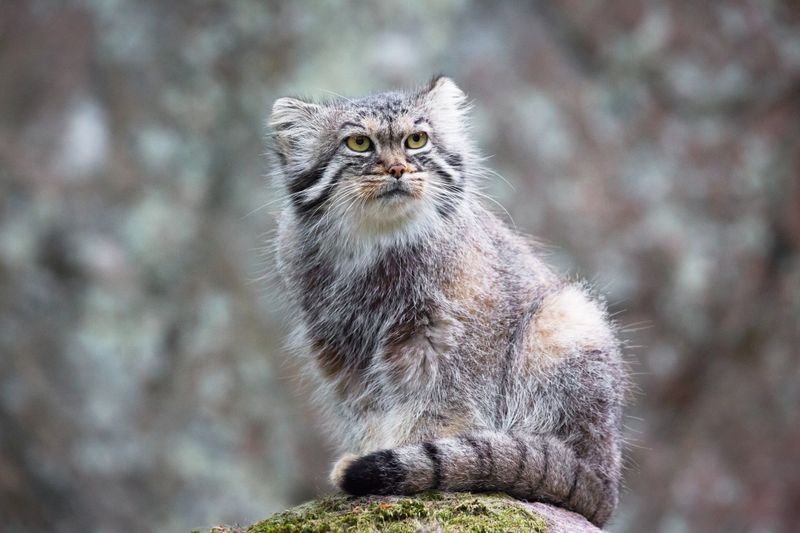
The Pallas’s Cat, with its expressive face and fluffy fur, is a resident of the Central Asian steppes. Its small size and camouflage help it survive in harsh environments.
Threats include habitat degradation and hunting for its fur. Conservationists aim to protect its habitat and prevent illegal hunting.
Public awareness campaigns are essential to highlight the importance of this species. Supporting efforts to conserve the Pallas’s Cat will help maintain the ecological balance of the steppes, benefiting numerous other species as well.
9. Canada Lynx
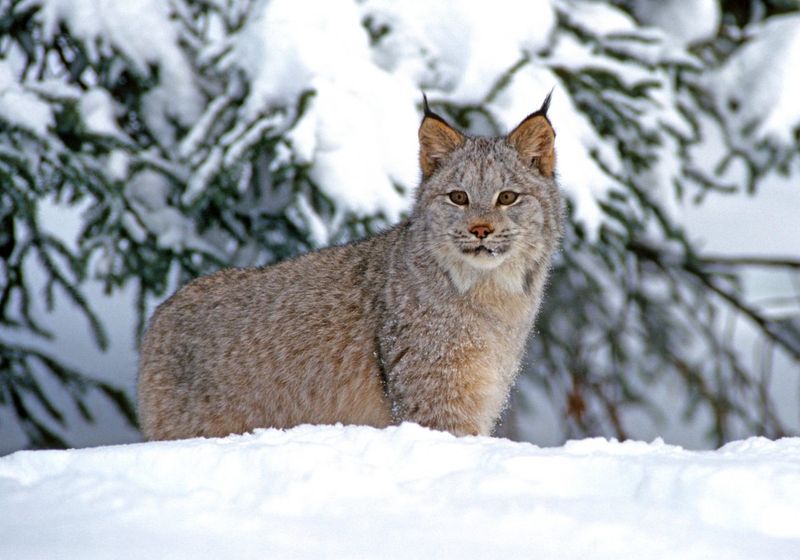
The Canada Lynx, with its tufted ears and large paws, is perfectly suited for hunting in snowy forests. Found mainly in North America, their survival is closely tied to the snowshoe hare population.
Logging and habitat fragmentation pose significant threats to the Canada Lynx. Conservation efforts focus on protecting forest habitats and ensuring sustainable logging practices.
Engaging with indigenous communities in conservation strategies is also critical. By conserving the Canada Lynx, we help maintain the integrity of boreal forest ecosystems, vital for numerous species and climate regulation.
10. Borneo Bay Cat
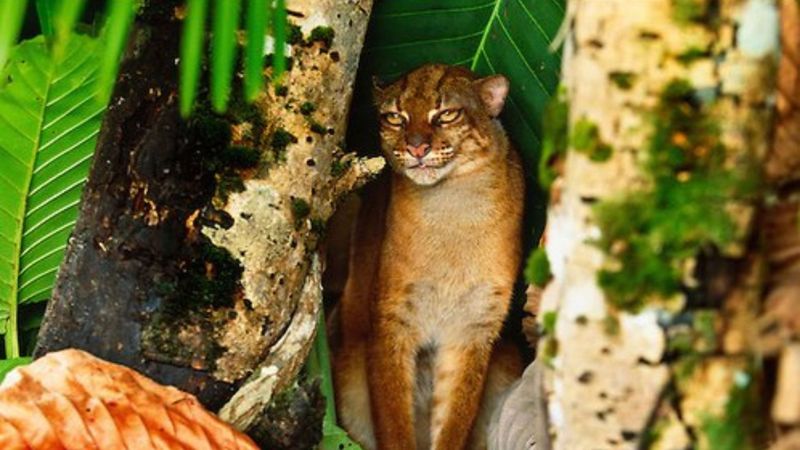
The Borneo Bay Cat, one of the world’s rarest wild cats, is a mysterious inhabitant of Borneo’s rainforests. Its elusive nature and limited range make it a challenge to study.
Deforestation and habitat fragmentation threaten its existence. Conservation strategies focus on habitat protection and research to better understand this enigmatic cat.
Involving local communities is essential to success. Preserving the Borneo Bay Cat not only protects a unique species but also supports the rich biodiversity of Borneo’s rainforests, crucial for ecological balance.

